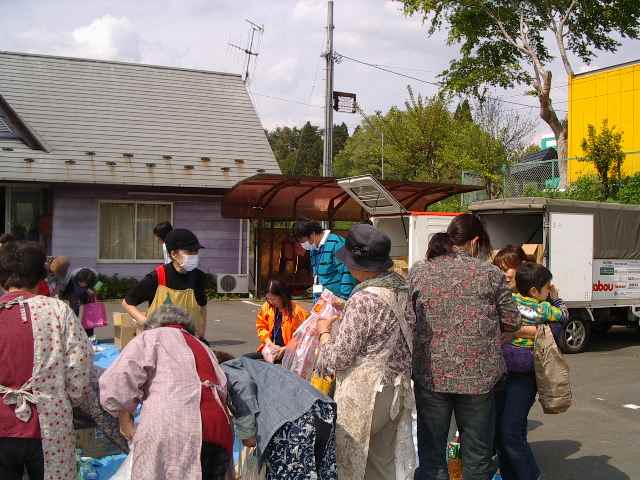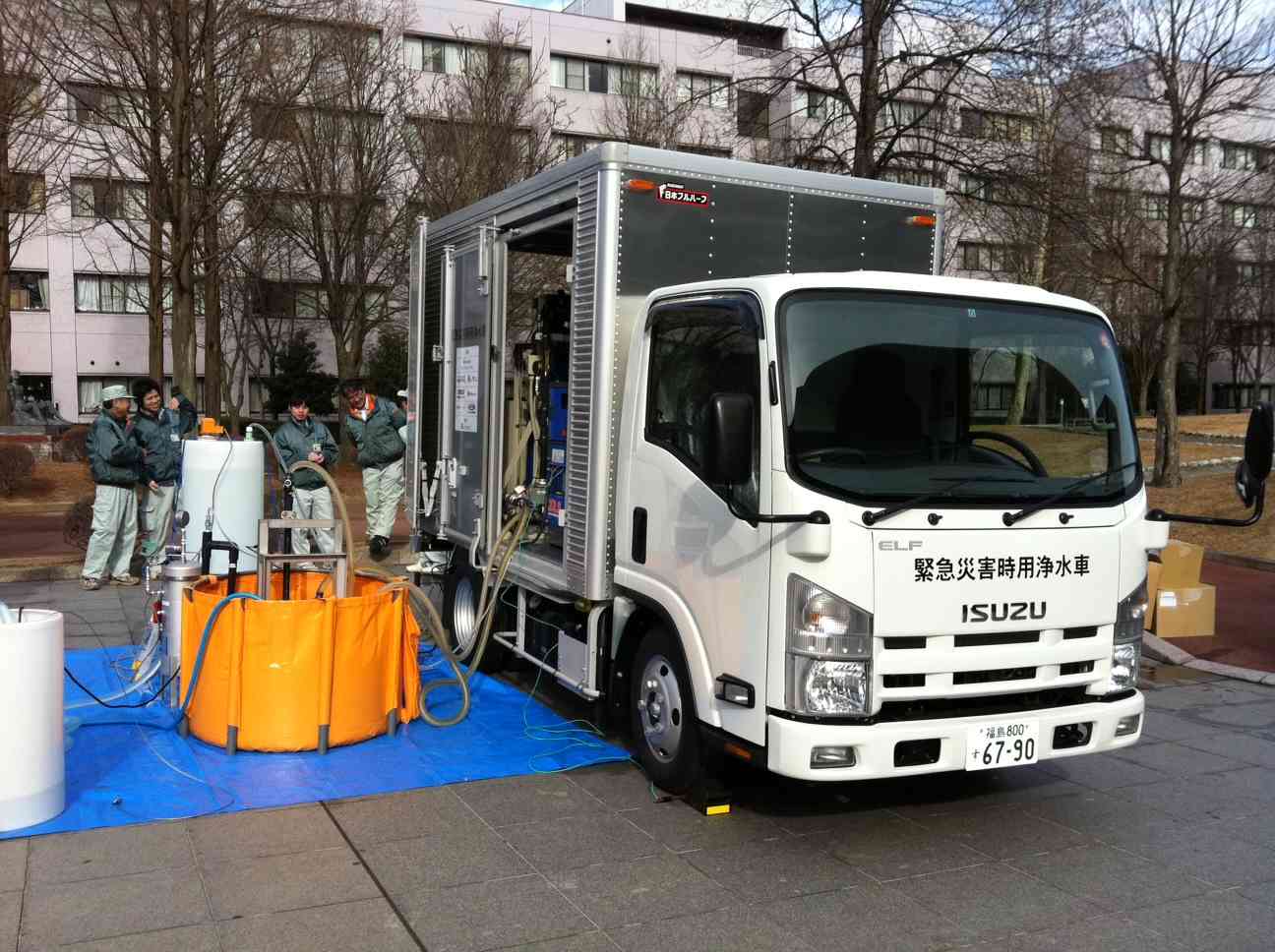The Bain Capital Japan Disaster Relief Fund was established in April 2011 to support innovative initiatives in response to the March 2011 Great East Japan Earthquake. With nearly $1,977,000 in donations from Bain Capital and its employees, as well as from other corporate donors and individual contributors, this fund has supported several projects to aid residents affected by the earthquake, tsunami, and nuclear crisis, with a special focus on the hard-hit areas around Fukushima Prefecture.
During the early days of the disaster response, funds were used to establish a transportation system for relief supplies and volunteers in areas that were not receiving services due to the damage that had been done to the infrastructure and fears of radioactive contamination. Support was provided to Fukushima Medical University for research and activities to deal with radioactive contamination, and a scholarship fund was created to allow students from affected families to attend technical colleges.


Major Activities
1) Disaster Relief Distribution System Project (approx. $725,00 / ¥60,000,000)
GRANTEE: TOKYO VOLUNTARY ACTION CENTER (TVAC)
Many areas in Fukushima Prefecture and the southern parts of Miyagi Prefecture sustained heavy damage, but were unable to get sufficient food and supplies in the months immediately following the disaster, in part because concerns about the radiation leaks kept many organizations and individuals—from NGO workers to commercial truck drivers—from entering Fukushima. In response, funding was provided to the Tokyo Voluntary Action Center (TVAC) to help create a transportation and distribution system that would ensure the delivery of supplies and to support volunteer activities in the disaster zone. TVAC was one of the few organizations with staff on the ground in Fukushima and southern Miyagi Prefectures in the early days of the disaster and was able to build on its experience in mobilizing in response to other natural disasters in Japan as well as overseas. The initiative started in April 2011 and continued for a year. (Read more)
2) Bain Capital Kosen Scholarship Fund ($335,922 / ¥27,000,000)
GRANTEE: INSTITUTE OF NATIONAL COLLEGES OF TECHNOLOGY, JAPAN
In the Tohoku region, special technical training institutes called “kosen” (short for “koto senmon gakko“) have played a particularly important role in developing a skilled workforce for the region’s manufacturing sector. Many of the students were affected by the disaster, some losing family members or homes, some being forced from their homes due to the nuclear accident, and many losing the source of their family’s income. While these students may be receiving waivers or subsidies for their tuition, those from families that lost everything still have difficulty covering the cost of room, board, and other expenses. The Bain Kosen Scholarship Fund was designed to defray these costs and thus allow these students to remain in school, ultimately gaining the technical expertise that will be needed as the region recovers. The scholarship program is being managed over a five-year period by the Institute of National Colleges of Technology, Japan, the national association of technical colleges. (Read more)
3) Fukushima Radiation Initiative
GRANTEE: FUKUSHIMA MEDICAL UNIVERSITY
Radioactive contamination from the meltdown of the Daiichi Fukushima Nuclear Plant has caused major problems for communities in the surrounding areas that were not evacuated. In some cases, it appears that areas outside of the evacuation zone have been contaminated, and this has given rise to fears among residents throughout the area about the levels of radioactivity and its long-term effects. With support from this fund, Fukushima Medical University obtained special equipment to purify contaminated water and undertook research to support communities and individuals that may have been exposed. Research topics included estimates of individual radiation exposure levels, which will be used as basic data in health exams, the emotional health and lifestyles of evacuees, and other issues related to affected youth as well as pregnant and nursing mothers.
